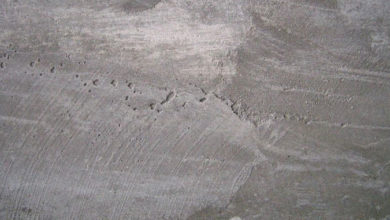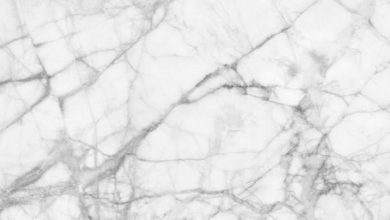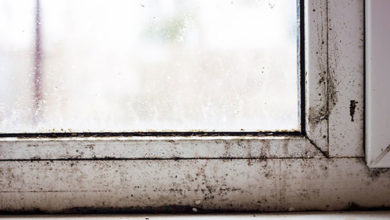
How to Clean Radiators with Steam
The radiators often get dirty and yellow due to both the heat and the limescale generated by condensation. The most subject to this problem are cast iron, rough or painted as they are porous, while those in aluminum have a glossy coating, easily removed with alcohol or a clean cloth.
The radiators can also be cleaned with steam, and we explain how to do it using this technique. So let’s see, with this guide, how to clean radiators with steam.
After use, especially in the summer, it is advisable to clean the radiators with steam to preserve them well for an aesthetic factor. Cleaning also helps prevent rust, mold, and in summer, various insects, especially mosquitoes.
The first operation to do is to clean with a brush the various joints of the elements that compose it, and then with a wet sponge in a detergent liquid, we give a good clean. After removing all the soap, dry the water used for rinsing with a cloth.
We take a steam generator that we usually use to clean windows, windows, and carpets, and we operate it directly on the radiator. The steam allows us to dissolve the limescale that has not gone away even with the preliminary washing, and a couple of applications are necessary to optimize cleaning.
In the end, dry a little with a rag, eliminating dripping dirt and limescale residues, before proceeding with a new and definitive steam cleaning. In the midst of this phase, however, it is important to take another step. It is advisable to take advantage of this to bleed the radiators, which certainly generate more limestone and blackish slag, which again tend to dirty the radiator.
The advantage of cleaning the radiators with steam is sanitizing the structure to prevent mold and insects’ formation. The advice is also to sprinkle citronella-based spray during the steam cleaning phase to eliminate even bad odors.
Can also carry out steam cleaning of radiators on aluminum ones. While not having dirt impossible to remove, as already mentioned in the introductory phase, thanks to the smooth and polished structure, it is important to sanitize them before closing them while waiting for the following winter. Also, it is advisable to bleed the radiators to complete the general cleaning work in this case.




